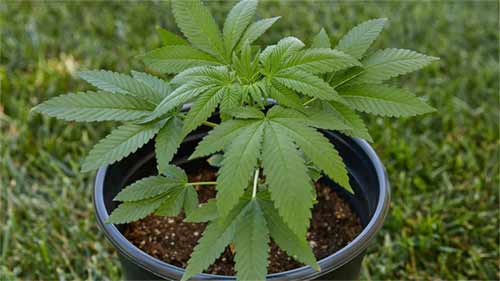![Best Cannabis Fertilizer for Growing [Indoor & Outdoor]](https://ogseeds.com/wp-content/uploads/2023/03/Best_Cannabis_Fertilizer_for_Growing_Indoor_Outdoor_1200x628-1024x536.jpg)
Best Cannabis Fertilizer for Growing [Indoor & Outdoor]
Looking to give your cannabis plants a boost and take your growing game to the next level? Well, then it’s time to talk about fertilizers! Think of fertilizers as a superfood for your plants. It provides them with all the necessary nutrients and minerals to grow big, strong, and healthy. With so many types of fertilizers on the market, deciding which one is right for you and your plants can be overwhelming. Fear not, though – we’re here to break it down and help you understand everything you need to know about cannabis fertilizers. So, let’s dive in and get your green thumb even greener!
Table of Contents
What Is Cannabis Fertilizer?
Cannabis fertilizers are substances that optimize the growth of a cannabis plantation and enable it to fulfill nutrient requirements. These substances contain different types of nutrients, which ensures that a plant gets the right amount of food and compounds that allow it to grow well. Therefore, these substances are essential for cannabis plants, and growers need to apply them at various growth stages for desirable harvests.
Organic Vs. Synthetic Cannabis Fertilizers
There are two types of cannabis fertilizers that enable these plants to grow well. Organic fertilizers feed the soil, whereas synthetic fertilizers feed the plants directly to ensure optimal growth. When looking for the best fertilizer, choosing between organic and synthetic can be a tough decision. Here are some key points that can help simplify the decision-making process.
Although organic fertilizers have been used for centuries, they are usually slow in reacting. this may lead to nutrient deficiency if the cannabis plants are unable to fulfill their nutrient requirements.
These fertilizers are difficult to apply and can be an expensive choice as compared to the synthetic ones readily available in the market. They might also attract pests which can cause significant damage to a cannabis plantation.
In contrast, synthetic fertilizers are richer in nutrient content and enable growers to have better dosage control. These fertilizers can be applied conveniently, and nutrient deficiencies are easily rectified as compared to organic options.
These fertilizers are an affordable option making them easily accessible for different types of cannabis cultivators. Therefore, synthetic fertilizers are the best bet to ensure the amazing growth of cannabis plants.
What Are Cannabis Nutrients?
Cannabis nutrients are compounds found in these plants that help in effective development and growth. These compounds fulfill the needs of cannabis plants enabling them to provide excellent harvests. These plants need different nutrients at various growth stages, so growers need to choose the best fertilizer that will aid the growth process.
Moreover, the key to ace cannabis growth is to choose the right fertilizer by the right brand at the required time, as different fertilizers have various nutrient compositions, which might lead to variations in the growth stages. Some common nutrients found in cannabis fertilizers include Nitrogen (N), Phosphorus (P), and Potassium (K).
![Growing [Indoor & Outdoor]](https://ogseeds.com/wp-content/uploads/2023/03/Best_Cannabis_Fertilizer_900x650.jpg)
Are The Same Fertilizers Used For Indoor & Outdoor Cannabis Grows?
The fertilizers used in cannabis growth vary greatly according to indoor and outdoor grow spaces, as each of them has different nutrient requirements. It is crucial to understand the differences between indoor and outdoor growth settings to apply the right fertilizer, which will be beneficial for cannabis plants, as the incorrect application might disrupt plant growth.
In addition, growers might never want to use a fertilizer for indoor growth in an outdoor cannabis grow area as the nutrient composition for indoor plants contains mineral salts and various synthetic compounds, which are harmful to the soil bacteria in outdoor settings. Therefore, it is necessary that different fertilizers must be applied in indoor and outdoor growth settings to ensure optimal growth.
Are Liquid Nutrients Good To Use?
Liquid nutrients are a popular form of cannabis fertilizer as they are easy to use and quickly absorbed by the plant’s roots. Liquid nutrients can be applied directly to the soil or sprayed on the plant’s leaves. Cannabis growers use liquid nutrients to provide phosphorus and potassium, two essential plant nutrients that play a crucial role in flower development. Phosphorus and potassium are vital for flowering nutrients, which are essential for producing high-quality buds with a potent aroma and flavor.
Does Cannabis Need Fertilizer Or Nutrients To Grow Big Buds?
Cannabis plants require fertilizer application that stimulates bud growth and development. Fertilizers contain essential nutrients required by cannabis plants, and they enable these plants to grow well during different phases. Some of the most important nutrients required for optimal bud growth include Phosphorus (P) and Potassium (K).
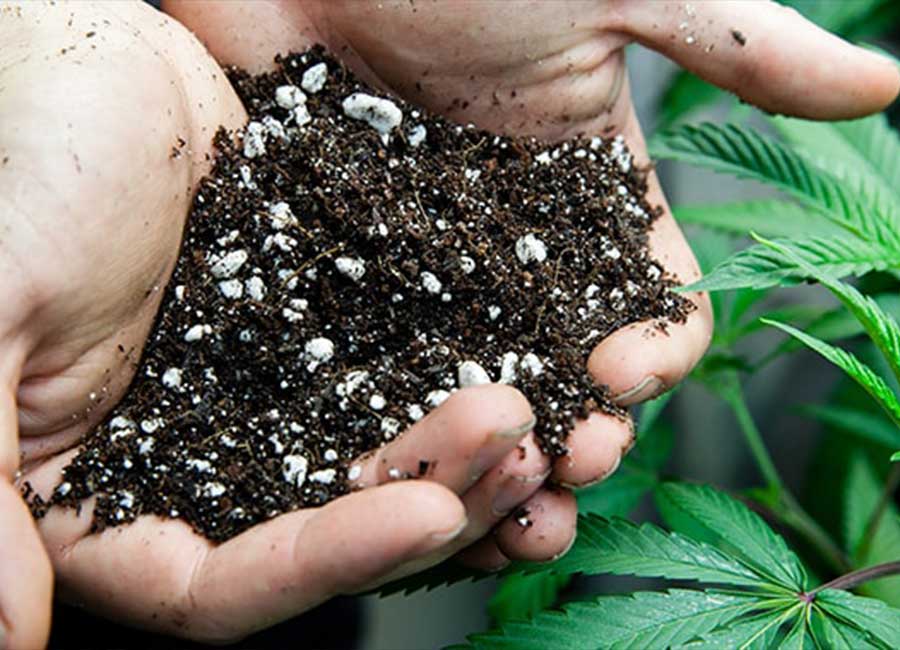
Best Cannabis Fertilizer Nutrients & Tips For Use
Cannabis plants different types of nutrients in various quantities according to growth cycles to ensure proper growth. These nutrients are divided into macro and micro according to their benefit and requirement in plant development.
Cannabis Macronutrients
Macronutrients are required by cannabis plants in large quantities as they are essential for the growth process and act as the foundation for plant health.
Nitrogen (N)
Nitrogen is a key nutrient that aids the development of cannabis plants as it provides the leaves with green color. Plants with nitrogen deficiency have pale yellow leaves that curl and break easily. The right balance of nitrogen in cannabis plants can stimulate leaf growth during the flowering phase. Cannabis plants will require an ample amount of nitrogen when they enter the vegetative growth stage.
Phosphorus (P)
Phosphorus is essential for cannabis growth, and the deficiency of this nutrient can lead to slowed growth and dark spots on leaves. Plants in the flowering phase will have reddish-purple leaves if not enough phosphorus is required for growth. Phosphorus will be required during the root development and flower formation of cannabis plants.
Potassium (K)
Potassium is important for the healthy growth of cannabis plants, including bud development leading to thicker and denser buds. The deficiency of this nutrient causes the tips of leaves to turn dark, showing signs of burn with weaker stems. Add Potassium during the early stages of cannabis growth, preferably when plants reach a height of about 15 cm.
Essential Secondary Cannabis Nutrients
Apart from the macronutrients, cannabis plants require some secondary nutrients that optimize growth and lead to adequate plant development. These nutrients are not always available to cannabis plants with proper balance in the pH level requirement, which might cause disruption in different growth phases.
Calcium (Ca)
Calcium plays a vital role in cannabis plant growth as it ensures proper cell wall development and reduces soil salinity. The deficiency of this nutrient can lead to stunted growth with dead spots on leaves. Therefore, it is necessary to have the right balance of calcium in cannabis plants throughout most of the growing cycle to aid optimal growth.
Sulfur (S)
Sulfur is a key nutrient that helps with the formation of chlorophyll in cannabis plants and the production of several compounds such as proteins, amino acids, and vitamins. The deficiency of this nutrient can lead to yellow leaves and the inability to fight against plant diseases.
Therefore, cannabis plants require a fertilizer that contains an adequate amount of sulfur with application in weekly intervals for seamless growth.
Magnesium (Mg)
Magnesium plays a significant role in the photosynthesis and metabolism of cannabis plants. It also stabilizes the cell walls and leads to the proper development of these plants. The deficiency of this nutrient can lead to a yellowish or light-green shade on the leaves and their outer veins.
Therefore, cannabis plants require magnesium throughout the growth phases in quantities ranging between 50 to 75 ppm.
Cannabis Micronutrients
A balanced combination of plant nutrients is essential for healthy plants. Cannabis requires nitrogen, phosphorus, potassium, and secondary and micronutrients, such as calcium, magnesium, and iron. A lack of any of these nutrients can lead to stunted growth. As well as low yields and poor-quality buds. Cannabis growers must monitor nutrient levels and adjust their fertilizer regimen as needed. This is to ensure the plants get the nutrients they need throughout their growth cycle. By providing the proper nutrients and maintaining a healthy fertilizer regimen, cannabis growers can produce high-quality buds and maximize their yields.
Boron (B)
Cannabis plants require boron to have clear leaves without any spots, and a deficiency of this nutrient leads to spotting and thick growth on the tips of leaves. This nutrient can be applied directly to the soil or mixed with fertilizer to ensure uniform application.
Chlorine (Cl)
Chlorine is a key compound required for cannabis growth, and a deficiency of this nutrient causes yellowish leaves with short roots. Growers can use chlorinated water for cannabis plants to include this nutrient in the nourishment of their plants.
Copper (Cu)
Copper plays a crucial role in photosynthesis and cell formation. A deficiency of this compound can lead to shiny and dark blue undertones on the leaves. Copper deficiency can be mitigated by lowering the pH of the soil.
Iron (Fe)
Iron is required for the efficient development of plant cells and the color of leaves. A deficiency of this compound can lead to dark green veins and yellowish leaves. Iron deficiency can be mitigated by mixing it with fertilizer and spraying it on cannabis plants.
Manganese (Mn)
Manganese helps cannabis plants absorb nitrogen which is essential for effective growth, and a deficiency of this nutrient can cause yellowish leaves to turn brown quickly. In order to fulfill this deficiency, foliar fertilization with a manganese source can be a great option.
Molybdenum (Mo)
Molybdenum is a crucial compound that converts nitrate to ammonium for cannabis plants, and a deficiency of this nutrient can cause leaf edges to turn orange, pink, or even red. Spraying a molybdenum fertilizer can help in dealing with this issue.
Zinc (Zn)
Cannabis plants require zinc for proper bud growth and opening of leaves. A deficiency of zinc can lead to fragile buds and ineffective opening of leaves which causes a poor harvest. A micronutrient foliar spray can help growers deal with this deficiency for efficient plant growth.
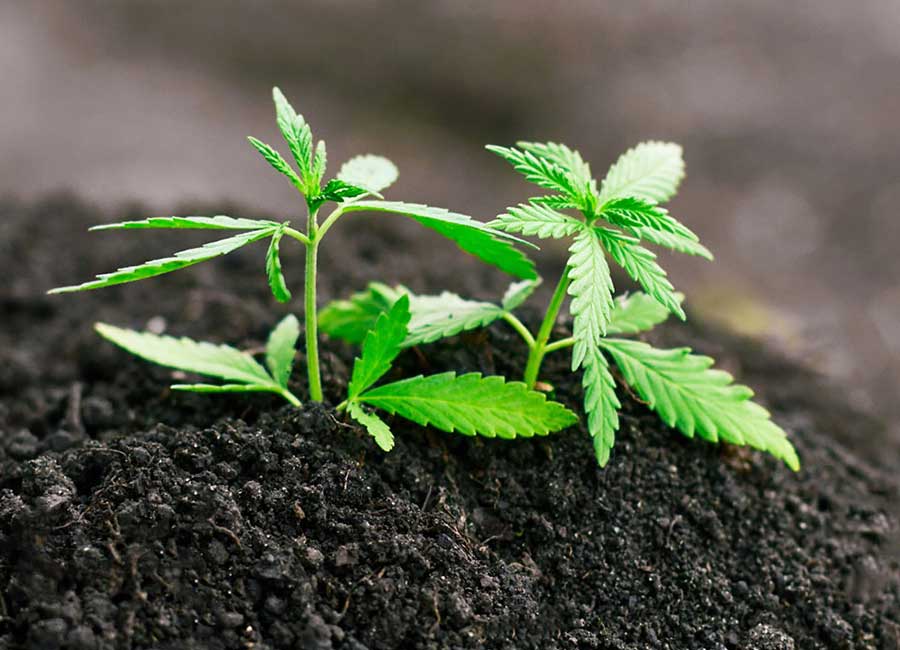
What Are The Best Fertilizer Nutrients For Vegging Cannabis?
There are some fertilizer nutrients that aid growth during the cannabis vegetative stage. This stage lasts for around four to twelve weeks, during which the cannabis plants require a significant amount of light and nutrients. These include Nitrogen, Potassium, and Phosphorus in different ratios according to the growth in the vegetative phase.
What’s A Good Cannabis Fertilizer NPK Ratio For Veg?
During the vegetative phase, the NPK ratio will vary according to the growth. Ideally, growers need to apply a high nitrogen, moderate potassium, and low phosphorus. During the start of the vegetative phase, a good ratio can be 2:1:2, and during the mid-vegetative phase, this ratio should transform to 10:5:7. During the final phase of vegetation, nitrogen levels need to be lowered, and an ideal ratio will be 7:7:7
Should I Use Synthetic Mineral Salts For My Plants?
Synthetic mineral salts are a commonly used form of fertilizer for cannabis plants. These mineral salts are highly concentrated and can be added to the soil in small quantities, making it easy to control the nutrient levels in the soil. However, synthetic mineral salts can damage soil bacteria, which can negatively impact the soil’s health and overall plant growth. Organic fertilizers, such as compost or worm castings, are an alternative to synthetic mineral salts and can help maintain healthy soil bacteria.
What Is The Best Feeding Schedule To Follow?
Your Feeding schedule is an essential aspect of cannabis fertilizer. Overfeeding or underfeeding can lead to nutrient burn or nutrient deficiencies, respectively, both of which can harm cannabis roots and impact plant growth. It’s crucial to monitor nutrient levels and adjust the feeding schedule as needed to ensure the weed plant gets the proper nutrients throughout its growth cycle. Liquid fertilizers are an excellent way to provide nutrients to weed plants since they are easily absorbed through the roots, and they can be added directly to the soil or sprayed on the plant’s leaves for quick absorption.
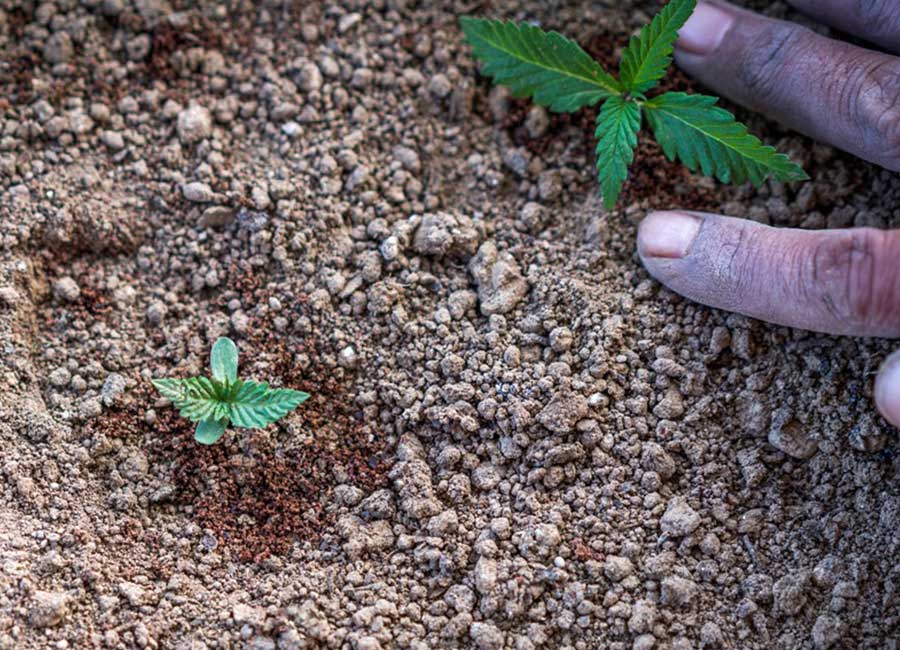
What Are The Best Fertilizer Nutrients For Flowering Cannabis?
Cannabis plants require various nutrients during the flowering stage to ensure optimal growth. The flowering stage lasts for around seven to nine weeks, during which these plants require nutrients and significant amounts of light to grow well. These include Nitrogen, Phosphorus, Potassium, Magnesium, and Sulfur, which optimize growth and offer desirable harvests.
What’s A Good Cannabis Fertilizer NPK Ratio For Flower?
During the flowering phase, cannabis plants require more potassium to help in the efficient growth of flowers. In the initial two weeks of the flowering phase, an ideal NPK ratio is 5:7:10, and by the mid-flowering period, this ratio changes to 6:10:15.
During the late bloom period, the NPK ratio should be 4:7:10. Growers should try to maintain the NPK ratios within the recommendations to ensure proper blooming of cannabis flowers.
More Fertilizing Cannabis Tips
Here are some additional tips that can help growers achieve excellence in cannabis growth.
Can You Fertilize Cannabis Seedlings Or Clones?
Cannabis seedlings and clones can be fertilized, but it is recommended that growers should start with a minimal quantity and then increase the quantity as per the requirement of different growth phases. Ideally, the NPK ratio to start with the seedling stage is 2:1:2.
When To Start & Stop Fertilizing Cannabis Plants?
It is necessary that growers should be aware of the right time to start and stop fertilizing cannabis plants to avoid underfeeding or overfeeding nutrients. Underfeeding or nutrient deficiency will lead to poor growth, whereas overfeeding will burn the plants.
Growers can start fertilizing their plants when they are about three to four weeks old and enter the vegetative phase. The fertilization process should be done once a week or as per the requirement of different growth stages. In contrast, the fertilization process must be stopped between days 63-70 of plant growth.
Should I Use Nutrients Every Time I Water?
It is never recommended that growers should use nutrients every time they water their cannabis plants. Growers should check the feed chart regularly to understand the desirable level of nutrient provision to maximize plant growth.
It is recommended that there should be regular flushing of nutrients, and unenhanced water must be used, which will increase the chances of successful harvests.
Can I Mix Cannabis Nutrients?
Cannabis plants require different amounts of nutrients, which are essential for healthy growth. These nutrients have different purposes and consist of various chemical compositions. As a result, it is not advisable for growers to mix cannabis nutrients, as doing so can cause chemical reactions that prevent the plants from meeting their nutrient requirements.
What Is Cannabis Fertilizer Burn?
Plants experience cannabis fertilizer burn when they receive a greater amount of nutrients than they require, which results in stress. The leaves turn yellow or brown, and the tips start curling, which indicates that the plant is not able to sustain its growth prior to the burn.
It is impossible to reverse the nutrient imbalance for the damaged areas of a plant, but flushing can assist the healthy part in regaining its growth.
Don’t Forget To Check Your pH Levels!
Cannabis plants require a perfect balance in the pH levels to aid optimum growth. Any imbalances in the pH levels can lead to undesirable results. The acidic composition of the soil needs to be within an ideal range which is between 5.8 and 6.2.
We recommend always checking your pH levels regularly so that any imbalances can be rectified timely.
Final Thoughts – Cannabis Fertilizer
Cannabis fertilizer is an essential component for the growth and development of a healthy weed plant. Weed plants require nutrient absorption to obtain the necessary nutrients for growth, and a deficiency in essential nutrients can cause stunted growth, low yields, and lower quality buds. Cannabis plants require nitrogen, phosphorus, and potassium, among other nutrients, for healthy growth, and these nutrients must be present in the soil or added to the feeding schedule using liquid fertilizers.
Cannabis growers use fertilizer to ensure healthy plants and maximize yields. However, too much of a good thing can lead to nutrient burn. A condition in which the plant’s roots absorb too many nutrients, causing leaf tips to turn yellow or brown, and the plant to wilt. Organic nutrients, such as compost or manure, can help prevent nutrient burn while providing essential plant nutrients. There is no one size fits all solution for Cannabis fertilizer. It’s important to research the needs of the strain you are cultivating. Give them a balanced cycle of nutrients at the appropriate times.
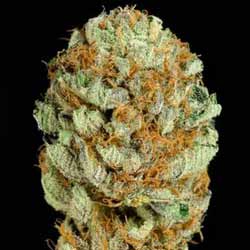
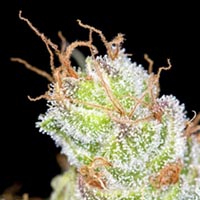
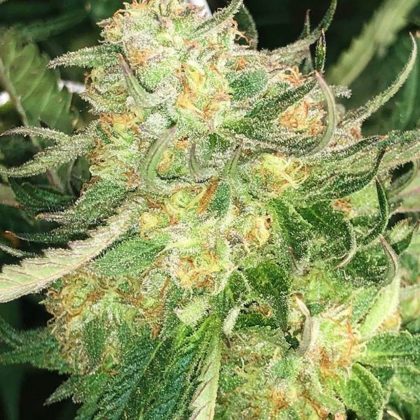
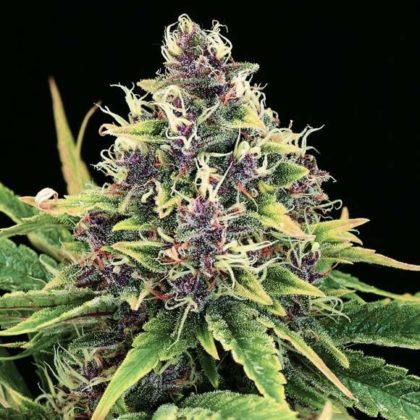



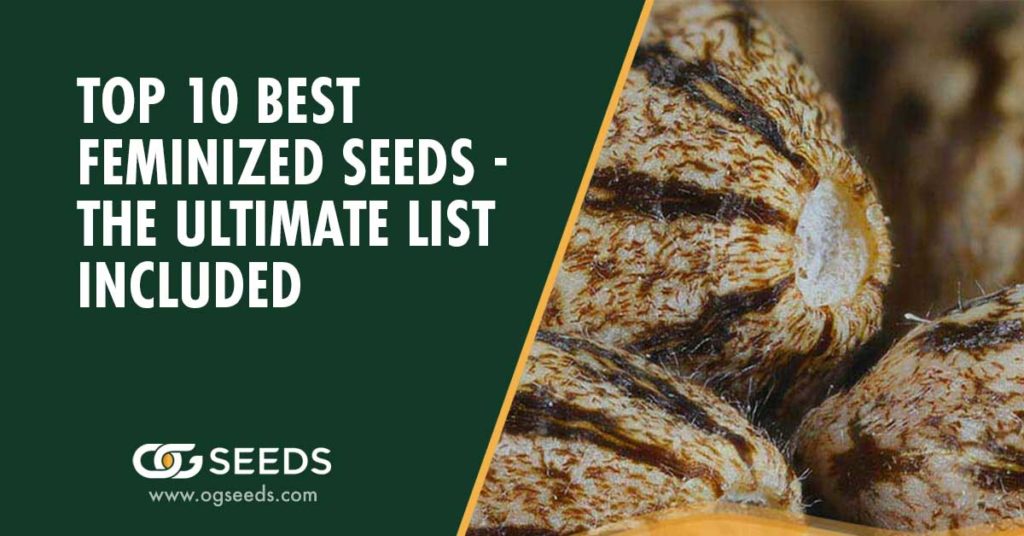
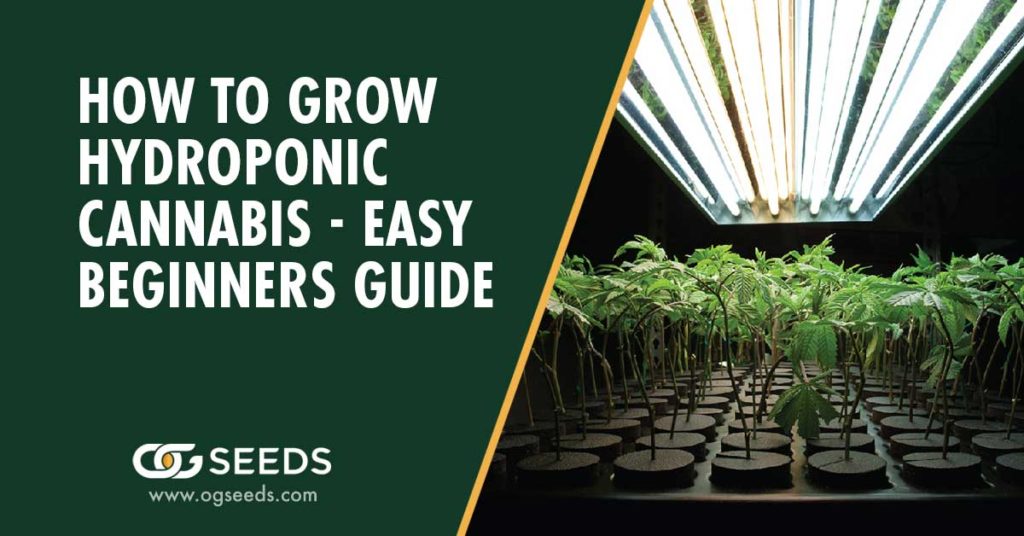
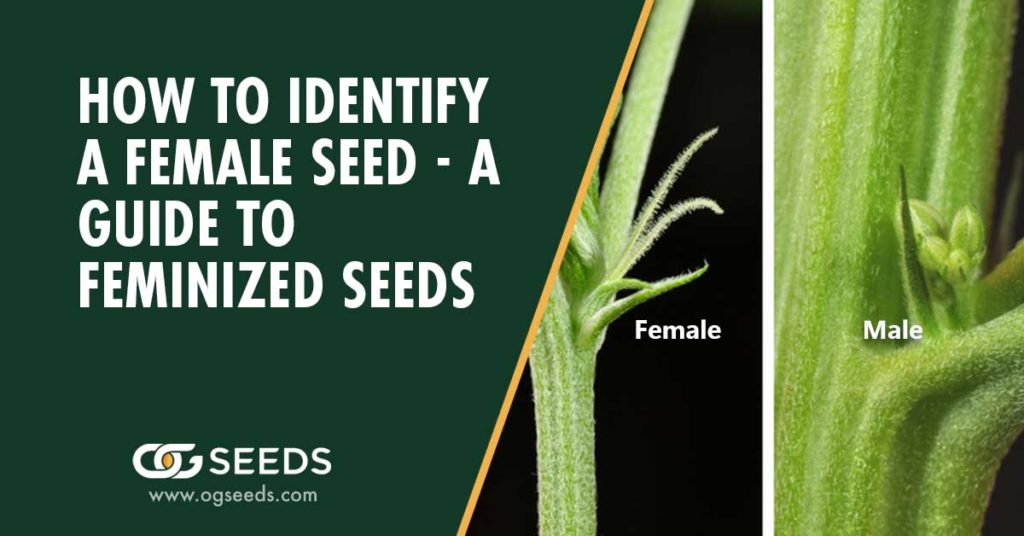
![How Long Does It Take To Grow Cannabis? [Indoors Vs Outdoors]](https://ogseeds.com/wp-content/uploads/2023/01/How_Long_Does_It_Take_To_Grow_Weed_Indoors_Vs_Outdoors_1200x628-1024x536.jpg)
